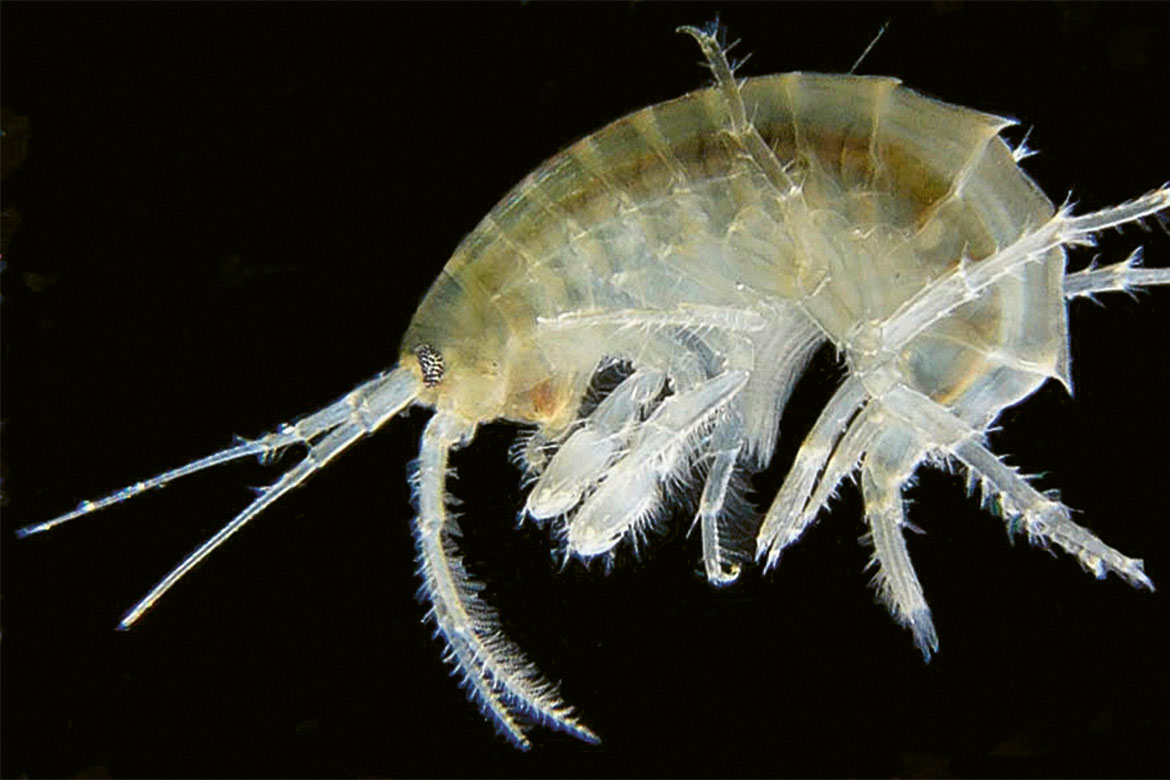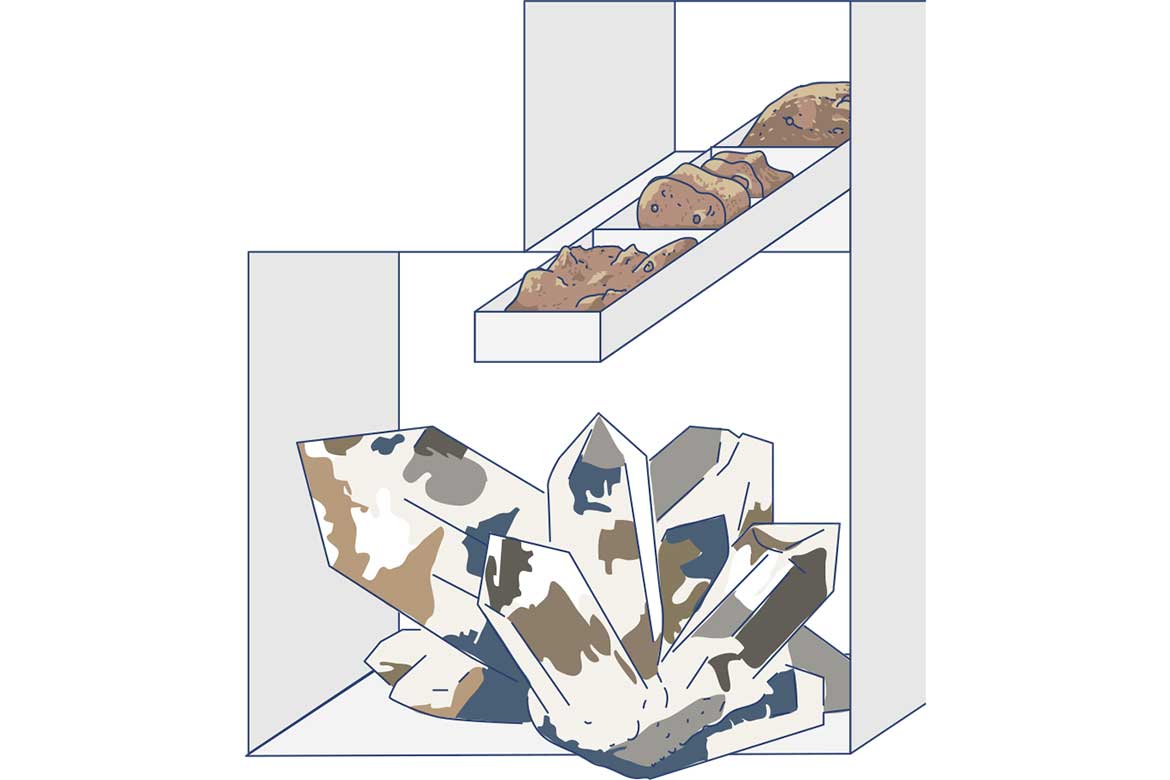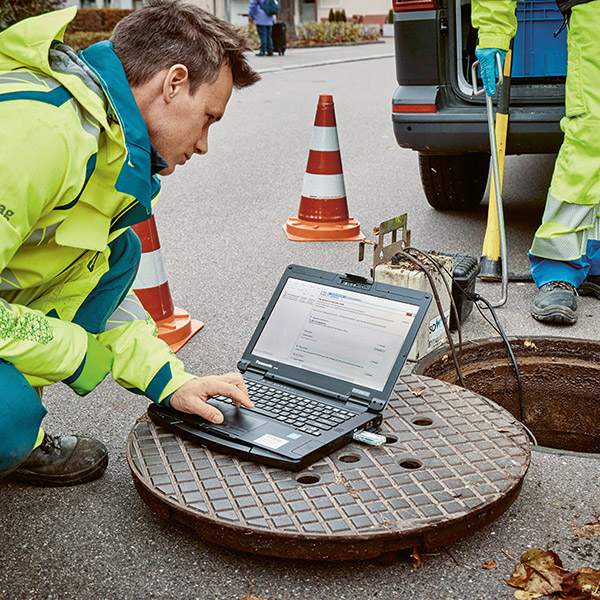Shrimps help measure water pollution
Harmful drugs and pesticides accumulate in water organisms. By upgrading wastewater treatment plants, the number of polluting drugs may at least be reduced.

Freshwater shrimp are extremely sensitive to certain pesticides. | Image: Michal Maňas, Wikimedia commons
Despite wastewater treatment plants, poisonous residual chemicals still end up in our rivers and lakes where they damage the smallest organisms and enter into the food chain. But as researchers at the water research institute Eawag in Dübendorf have shown, the creatures affected can also help us to measure the degree of pollution. A team of scientists headed by the chemist Juliane Hollender took samples of 100 freshwater shrimps both upstream and downstream from ten Swiss wastewater treatment plants. They measured the concentration of pollutants in them, and discovered that some substances had accumulated in the creatures and could thus in turn have a knock-on harmful effect.
The researchers identified 84 different pollutants in the shrimps. The most frequent were painkillers and anti-depressants such as Citalopram. They also found pesticides: “We were surprised by the high concentration of neonicotinoids”, said Hollender. These insecticides are a topic of intense debate because they harm bees. Freshwater shrimp are extremely sensitive to pesticides, which is why these creatures are especially suitable for their investigations. “Unlike drugs, pesticides mostly don’t enter into our water through wastewater treatment plants, but directly from surrounding fields”, says Hollender.
In the wastewater treatment plant Bachwis in Herisau (canton of Appenzell), Hollender’s team found noticeably fewer pollutants in the water and in the shrimps. But Bachwis utilises powdered activated carbon (PAC) in the course of its water cleansing treatment. So the prospects for our water quality are looking up – because in the next 20 years, 100 Swiss wastewater treatment plants are due to be upgraded to use PAC.




